The Art of Smuggling comes garlanded with fraternal encomia from Howard ‘Mr Nice’ Marks, Phil Sparrowhawk (author of Grass) and Maurice O’Connor (author of The Dealer), but it seems the author was hardly a master of his chosen art. As Eddie the Eagle was to skiing, so was Francis Morland to drug trafficking. Spectacularly unsuccessful but heroically persistent, he was busted six times and spent more than 15 years in jail. A better title might have been How Not to Smuggle.
I was more than once reminded of an Only Fools and Horses Christmas special, featuring a tall Del Boy with a posh accent. By the time of his last ‘operation’, undertaken in his seventh decade, Morland’s reputation in the trade had fallen so low that none of his usual associates would work with him, and he had to rely on a young man called Edna, a small-time dealer who turned out to be a junkie. No longer able to afford a yacht, he was reduced to a sailing boat towed on a trailer.
On their way to Morocco through France, Morland ‘took a perverse pleasure in serially side-swiping and damaging the barriers of the péages on the motorways’, and ‘enjoyed the little rows that ensued’. As they exited a péage on their way back, they were pulled over by a policeman, who discovered Edna’s heroin in the car and 700 kilos of hashish in the boat. Morland got six years.
Earlier efforts were more glamorous, and the book’s opening describes his greatest adventure. In 1969 he loaded a 47-foot ketch named the Beaver with more than a ton of hash and sailed it across the Atlantic to the Virgin Islands, then up to New York City, where he docked next to Riverside Park, took a room at the Chelsea Hotel, and set about selling the dope for 30 times what he had paid for it. Inevitably, though, the Beaver was searched by customs, and Morland was sentenced to eight years.
The narrative then turns to his early life. Scion of a Quaker family who set up as manufacturers of sheepskin coats at Glastonbury in the mid-19th century, and went bust in the 1980s, he was born in 1934 and attended a school at Kings Langley run by two pacifist sisters of Ivy Compton-Burnett, where his fellow pupils included Jonathan Miller and Nicholas Garland. He went on to schools in London, and to the Slade, which prepared him for a career as a sculptor, making ‘hollow fibreglass tubes and boxes’ of surpassing hideousness, which he would pack with hash and send via a fine arts shipper to New York.
His father, a Harley Street doctor, was a friend of Arthur Lunn, the travel tycoon who helped establish skiing in the Swiss Alps, and through that connection he was introduced to the sport, at which he represented England — though, unlike Eddie the Eagle, he was not selected for the Olympic team. At Klosters he lost his virginity to a Czech film starlet who had been a mistress of Goebbels.
Famous names crop up occasionally —Eduardo Paolozzi, George Melly, Jeremy Fry and Terry-Thomas, whom he met in Ibiza, on his uppers and saying things like ‘rotter’, ‘cad’ and ‘Crikey!’ — but their owners are never brought to life.
As Morland repeatedly and needlessly reminds us, he is ‘no intellectual’, and his book was written for him by his friend Jo Boothby, a barrister. Even so, the narrative lacks coherence, dates don’t always tally, and he often has difficulties in getting his story straight. His command of English idiom is uncertain (‘the feeding chain’), though not as uncertain as his Irish: ‘You hoping for something bad for God-fearing Irish folk, will you be?’ And there are too many sentences like this one: ‘He dressed like a prosperous businessman in shiny suits and had a belly to prove it.’
He captures something of the heady atmosphere of the 1960s, and is quite interesting about his various boats, and the many prisons he has stayed in; but I’m afraid that like all drug dealers (with the obvious exception of Mr Nice) he’s really rather a bore.
Got something to add? Join the discussion and comment below.
Get 10 issues for just $10
Subscribe to The Spectator Australia today for the next 10 magazine issues, plus full online access, for just $10.
Available from the Spectator Bookshop, £14.99, Tel: 08430 600033
You might disagree with half of it, but you’ll enjoy reading all of it. Try your first month for free, then just $2 a week for the remainder of your first year.

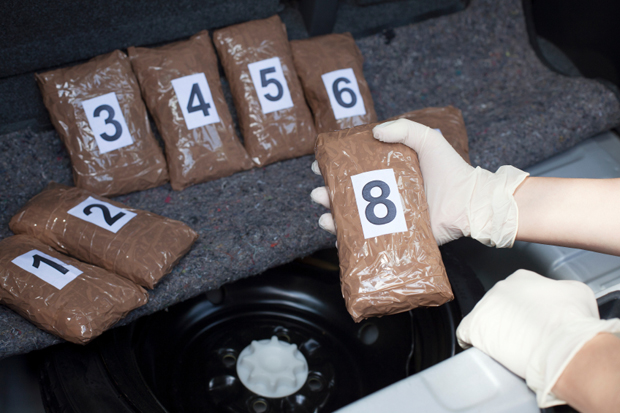

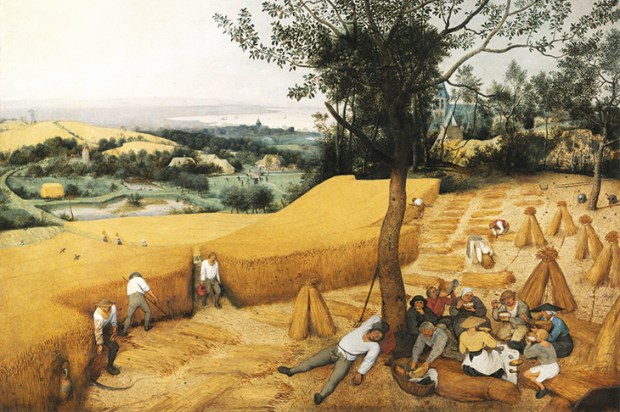
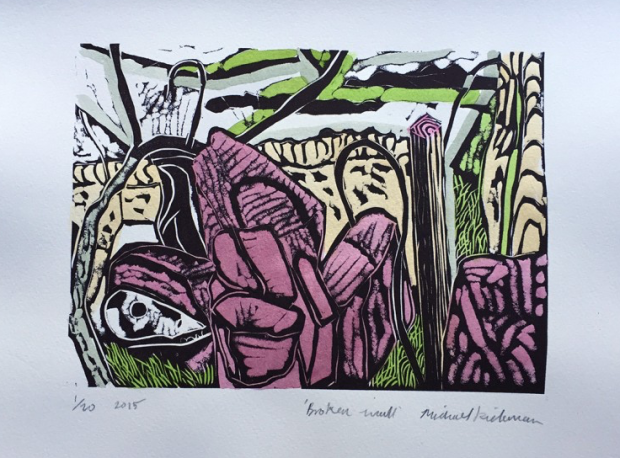
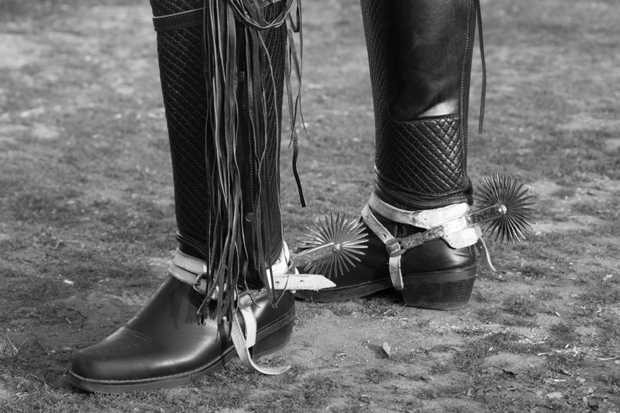
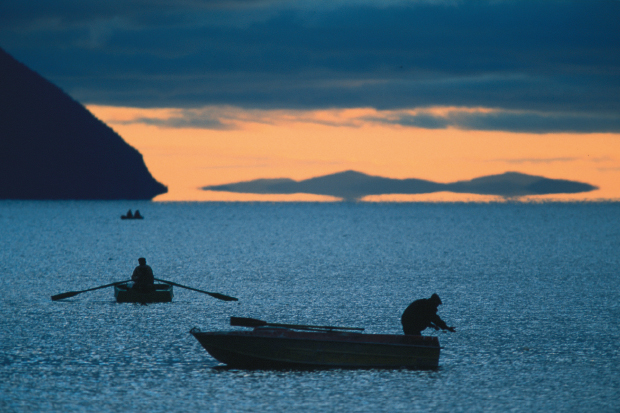
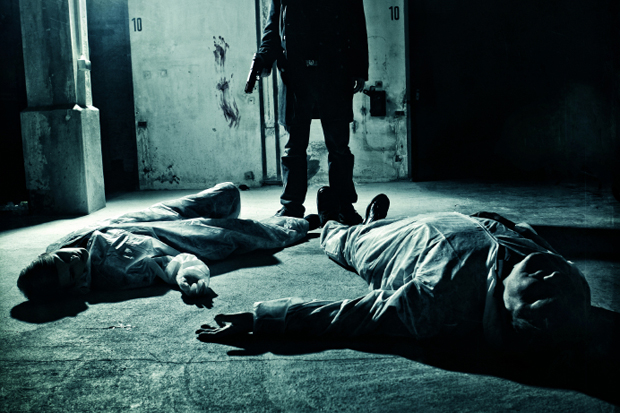






Comments
Don't miss out
Join the conversation with other Spectator Australia readers. Subscribe to leave a comment.
SUBSCRIBEAlready a subscriber? Log in